This commercial development stands on the former Railway Quay, built on land reclaimed from the sea when the railway reached Oban, in 1880. The quay was extended in the early 1900s. The premises are named after the Corryvreckan whirlpool, between the islands of Jura and Scarba. According to tradition, the famous whirlpool is named after the Norse king Breachan, who had to prove his bravery, in order to marry a princess of the isles.
Prints and text about George Orwell.
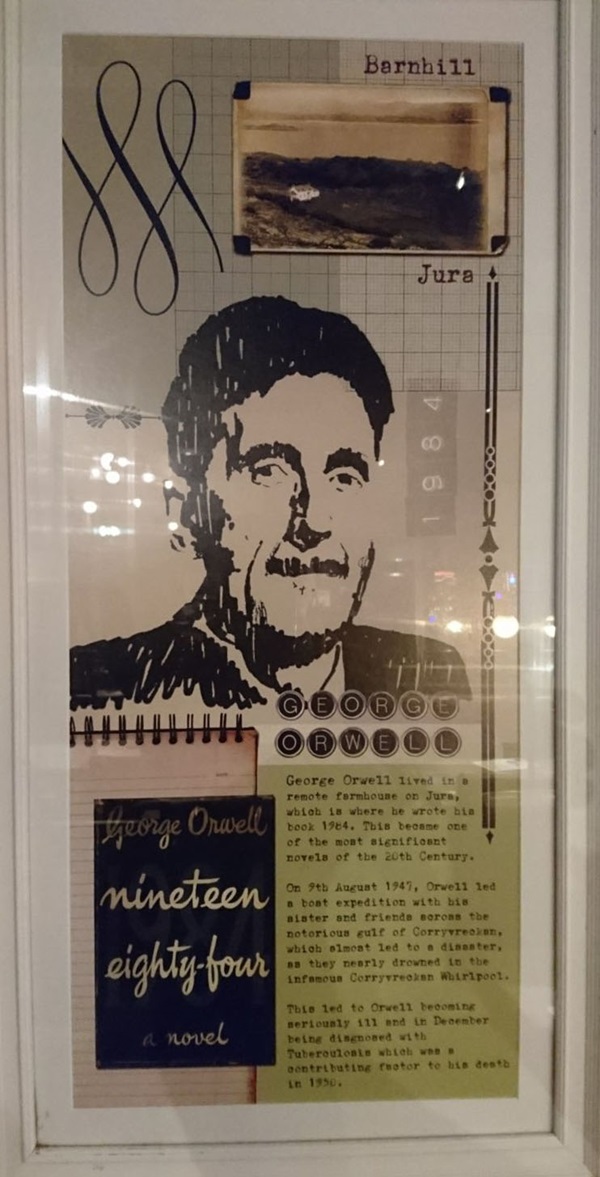
The text reads: George Orwell lived in a remote farmhouse on Jura, which is where he wrote his book 1984. This became one of the most significant novels of the 20th century.
On 9 August 1947, Orwell led a boat expedition with his sister and friends across the notorious gulf of Corryvreckan, which almost led to a disaster, as they nearly drowned in the infamous Corryvreckan Whirlpool.
This led to Orwell becoming seriously ill and in December being diagnosed with tuberculosis which was a contributing factor to his death in 1950.
A map and text about Oban.
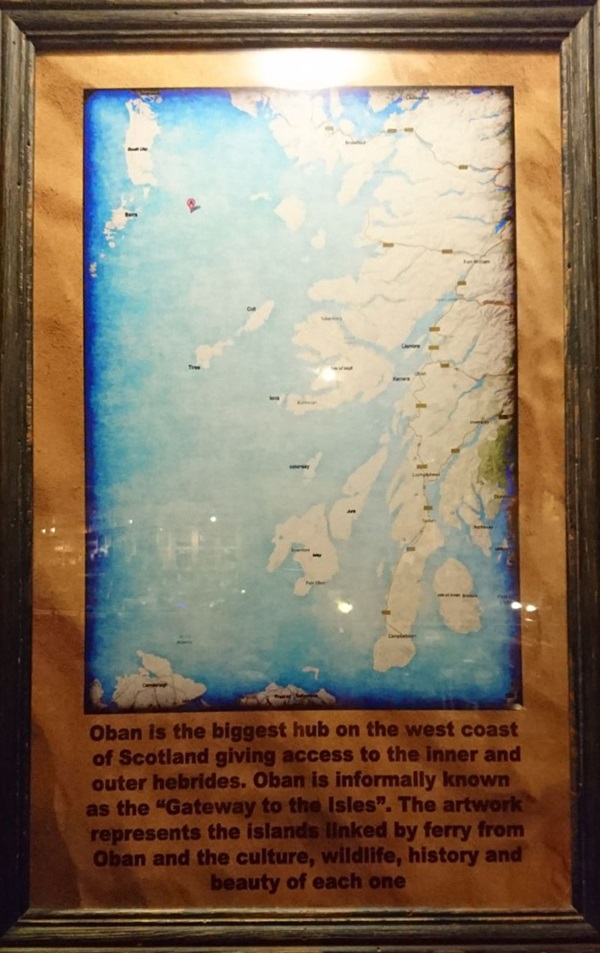
The text reads: Oban is the biggest hub on the west coast of Scotland giving access to the inner and outer Hebrides. Oban is informally known as the ‘Gateway to the Isles’. The artwork represents the islands linked by ferry from Oban and the culture, wildlife, history and beauty of each one.
Prints and text about the Cold War and TAT-1.
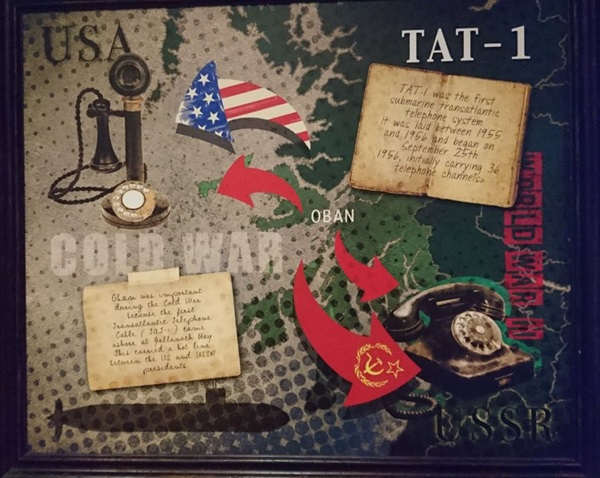
The text reads: Oban was important during the Cold War because the first Transatlantic Telephone Cable (TAT-1) came ashore at Gallanach Bay. This carried a hot line between the US and USSR presidents.
TAT-1 was the first transatlantic telephone system. It was laid between 1955 and 1956 and began on September 25 1956, initially carrying 37 telephone channels.
Artwork entitled Catch of the Day.
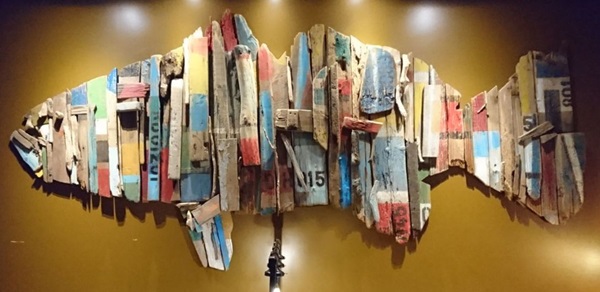
This relief piece of artwork has been made from driftwood collected along the Argyll coastline, during the big storm of 5 December 2013.
The fishing and shellfish industry in and around Oban was the inspiration for this piece.
Oban is known as the seafood capital of Scotland. As well as commercial fishing boats, many fishermen came to the area for its abundant sea-life. Oban is also known as the UK capital for big skate as well as one of the best places to catch specimen spurdog. Other types of fish caught in the area include: Pollack, wrasse, dogfish, rock cod, conger and sea trout.
External photographs of the building – main entrance.
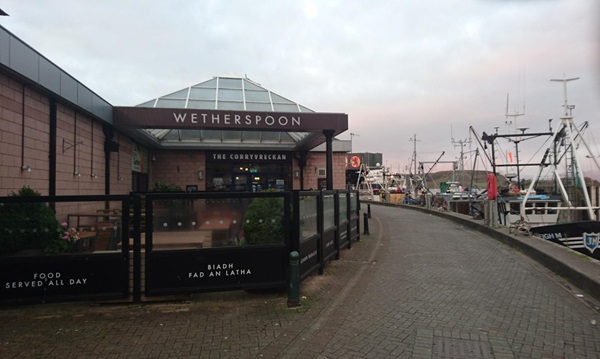
If you have information on the history of this pub, then we’d like you to share it with us. Please e-mail all information to: pubhistories@jdwetherspoon.co.uk